Not all smartphones use the same face unlock technology. Some are safer, others less so. Some scan in 3D, others in 2D. However, even with the growing importance of security, you should know that not all facial recognition implementations are created equal.
Face recognition using the camera
As the name suggests, this technique relies on your device's front-facing cameras to identify your face. Virtually all Android smartphones have included this feature since the release of Android 4.0 Ice Cream Sandwich in 2011, which was long before Apple came up with its Face ID. The way it works is quite simple. When you activate the feature for the first time, your device prompts you to take pictures of your face, sometimes from different angles. It then uses a software algorithm to extract your facial features and store them for future reference. From now on, every time you try to unlock the device, the live image from the front camera is compared with the reference data.
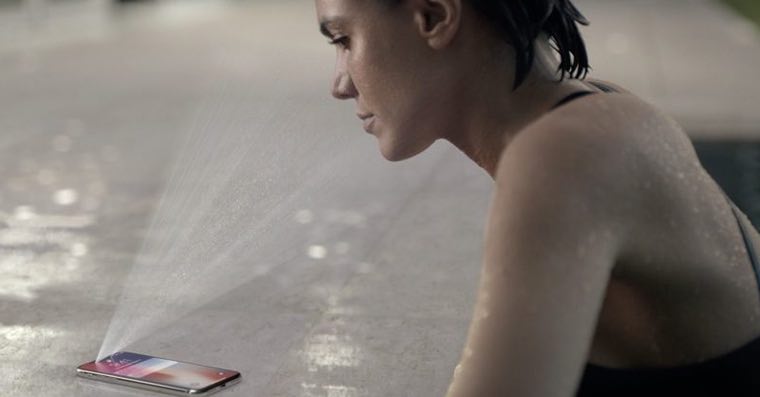
The accuracy depends mainly on the software algorithms used, so the system is really far from perfect. It's even more complicated when the device has to take into account variables such as different lighting conditions, changes in the user's appearance and the use of accessories such as glasses and jewelry in particular. While Android itself offers an API for facial recognition, smartphone manufacturers have also developed their own solutions over the years. Overall, the goal was to improve recognition speed without sacrificing accuracy too much.
It could be interest you

Face recognition based on infrared radiation
Infrared facial recognition requires additional hardware to the front camera. However, not all infrared facial recognition solutions are created equal. The first kind involves taking a two-dimensional image of your face, similar to the previous method, but in the infrared spectrum instead. The primary advantage is that infrared cameras do not need your face to be well lit and can work in dimly lit environments. They are also much more resistant to break-in attempts because infrared cameras use heat energy to create the image.
While 2D infrared facial recognition is already leaps and bounds ahead of traditional methods based on camera images, there is an even better way. That, of course, is Apple's Face ID, which uses a series of sensors to capture a three-dimensional representation of your face. This method actually uses the front camera only partially, since most of the data is obtained by the other sensors scanning your face. An illuminator, an infrared dot projector and an infrared camera are used here.
The illuminator first illuminates your face with infrared light, the dot projector projects 30 infrared dots onto it, which are captured by an infrared camera. The latter creates a depth map of your face and thus obtains accurate facial data. Everything is then evaluated by the neural engine, which compares such a map with the captured data when the function is activated.
Face unlock is convenient, but it may not be secure
There is no dispute that 3D facial recognition using infrared light is the most secure method. And Apple knows this, which is why, despite the displeasure of many users, they keep the cutout in the display on their iPhones until they figure out where and how to hide the individual sensors. And since cutouts are not worn in the world of Android, the first technology that relies only on photos is usual here, albeit supplemented by numerous smart algorithms. Even so, most manufacturers of such devices will not allow you to use it for more sensitive applications. That is why in the world of Android, for example, the technology of the under-display ultrasonic fingerprint reader has more weight.
Thus, in the Android system, the Google mobile services certification program sets minimum security limits for various biometric authentication methods. Less secure unlocking mechanisms, such as face unlocking with the camera, are then classified as "convenient". Simply put, they cannot be used for authentication in sensitive applications such as Google Pay and banking titles. Apple's Face ID can be used to lock and unlock anything, as well as pay with it, etc.
In smartphones, biometric data is typically encrypted and isolated in security-protected hardware within your device's system-on-chip (SoC). Qualcomm, one of the largest manufacturers of chips for smartphones with the Android system, includes a Secure Processing Unit in its SoCs, Samsung has Knox Vault, and Apple, on the other hand, has a Secure Enclave subsystem.
It could be interest you

Past and future
Implementations based on infrared light have become rather rare in the last few years, although they are the most secure. Apart from iPhones and iPad Pros, most smartphones no longer contain the necessary sensors. Now the situation is quite simple, and it clearly sounds like an Apple solution. However, there was a time when many Android devices, from mid-range to flagships, had the necessary hardware. For example, the Samsung Galaxy S8 and S9 were able to recognize the iris of the eye, Google provided facial unlocking called Soli in its Pixel 4, and 3D facial unlocking was also available on the Huawei Mate 20 Pro phone. But you don't want a cutout? You will not have IR sensors.
However, despite their removal in the Android ecosystem, it's possible that such high-quality facial recognition will return at some point. There are not only fingerprint sensors but also cameras under the display. So it's probably only a matter of time before infrared sensors get the same treatment. And at that moment we will really say goodbye to cutouts for good, perhaps even at Apple.



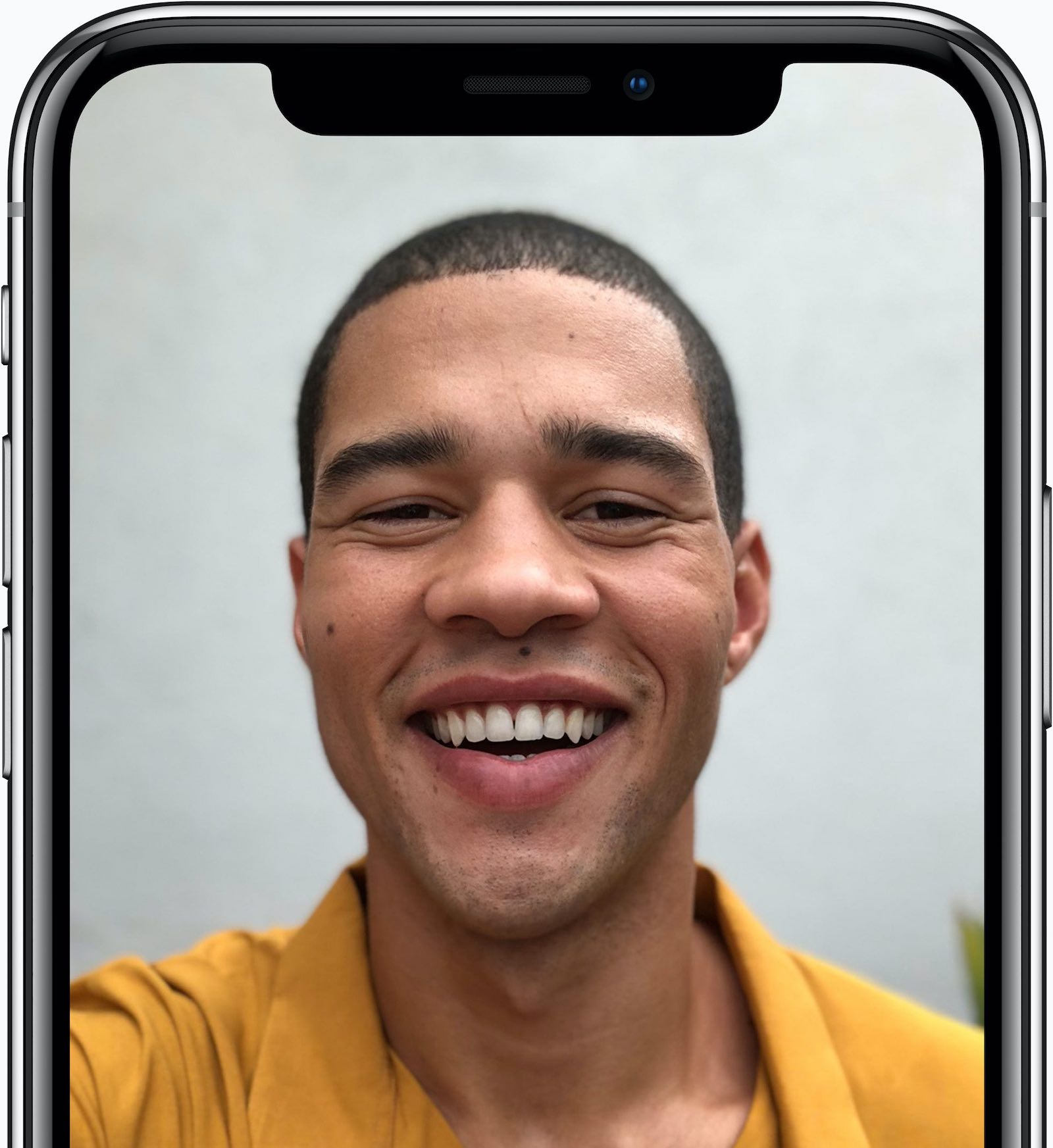
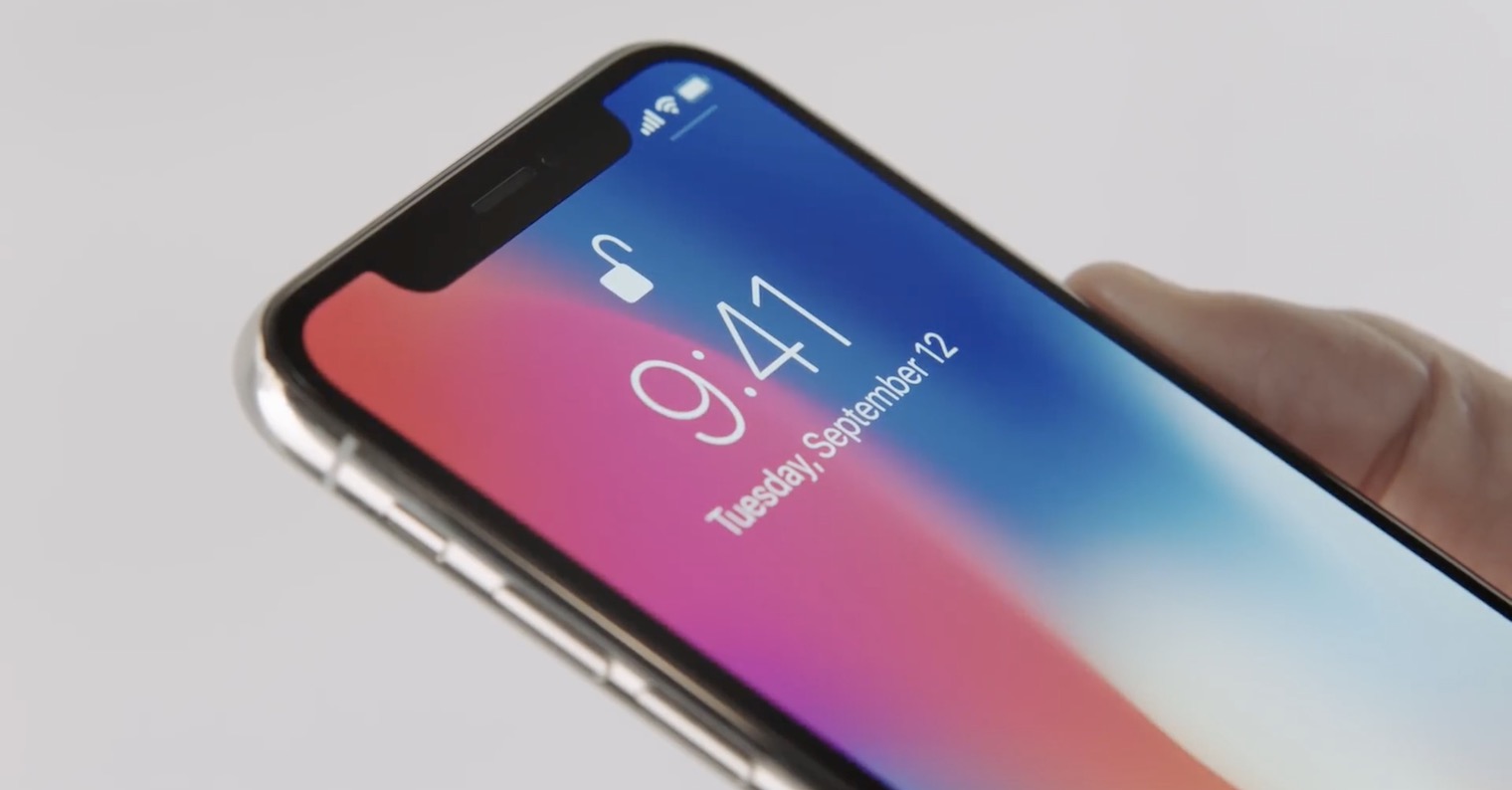

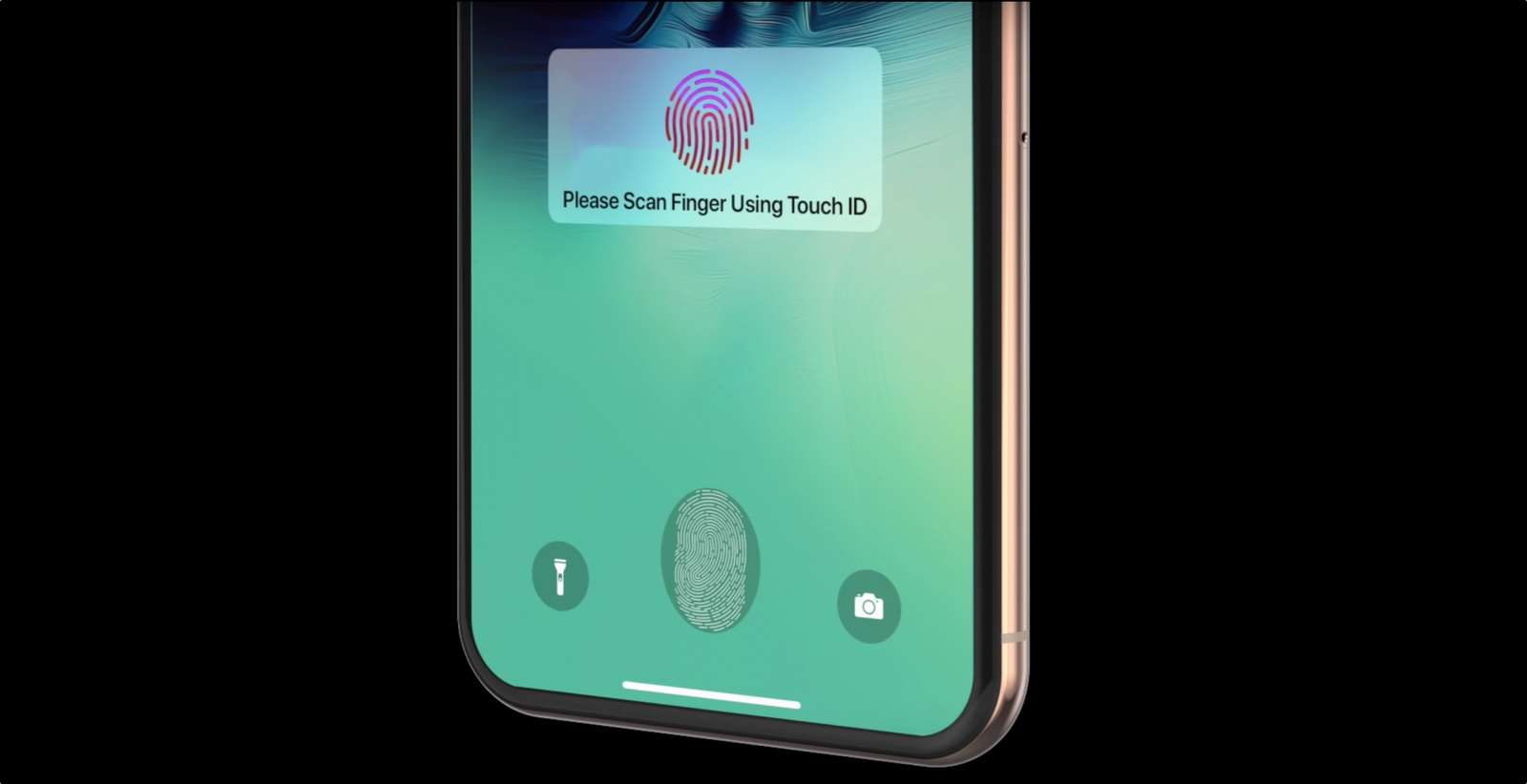
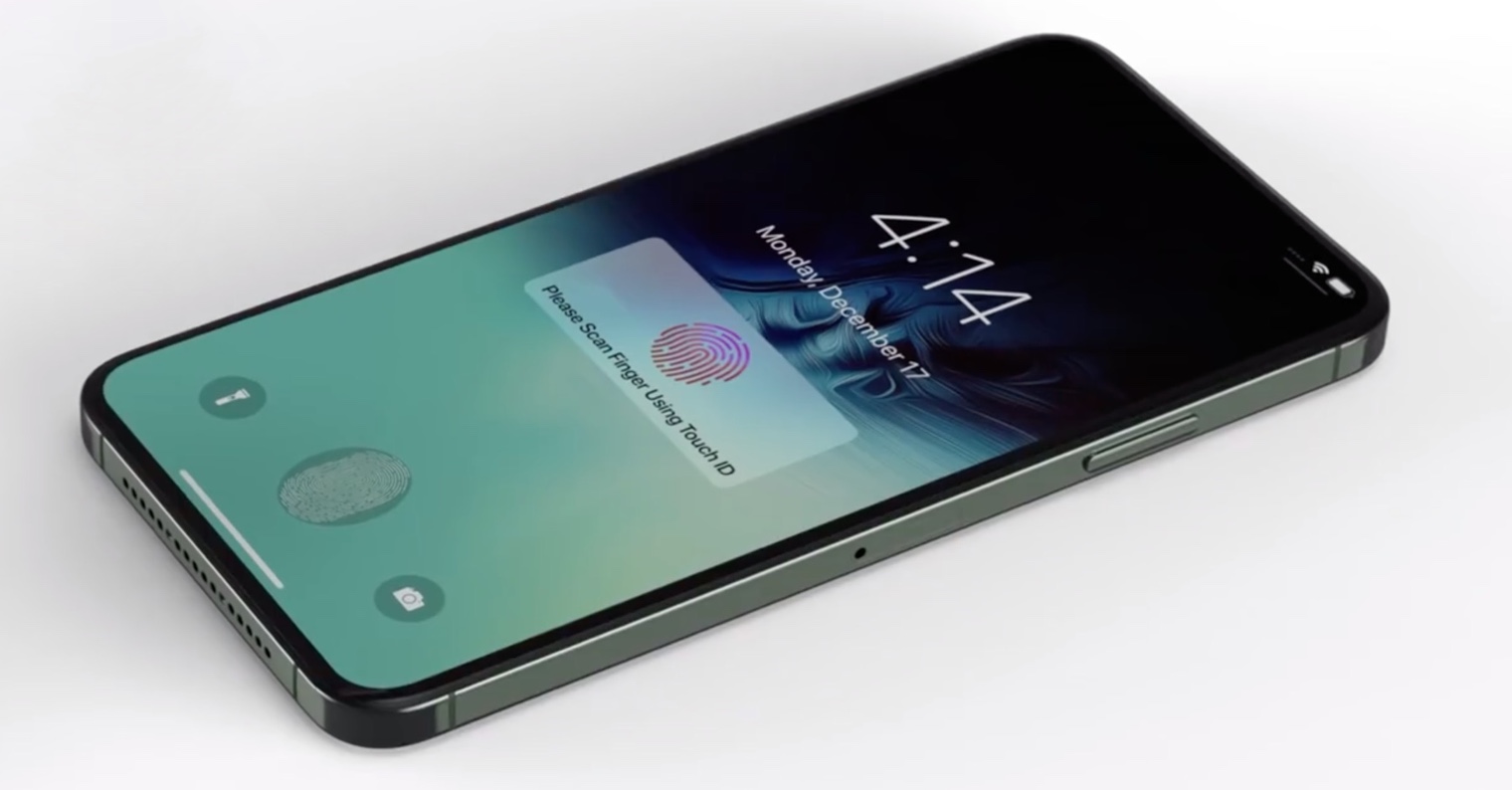
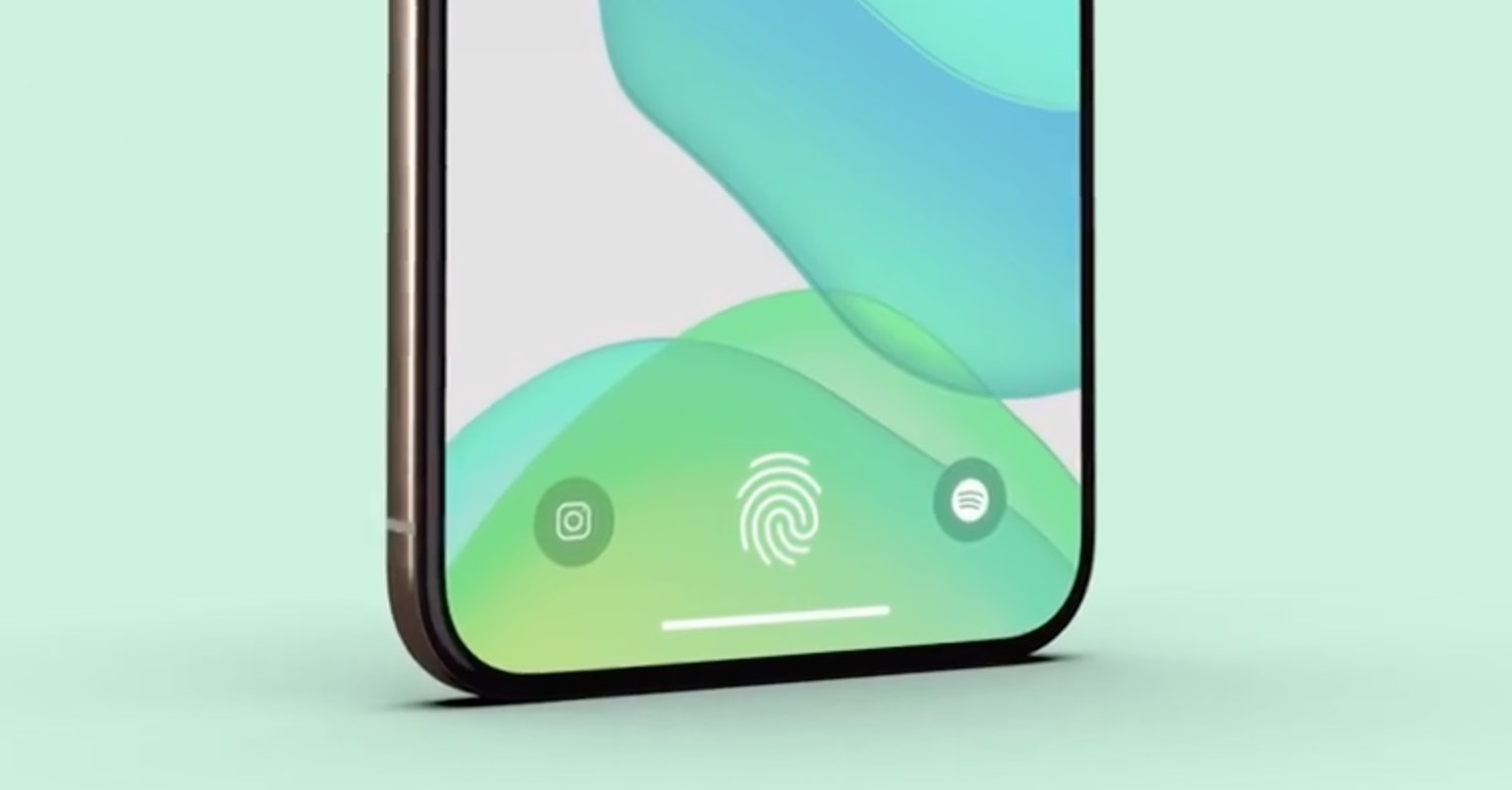

Well, I would say that android doesn't have to deal with this, because it didn't remove its fingerprint sensors and generally doesn't force anyone to use such a demented method.